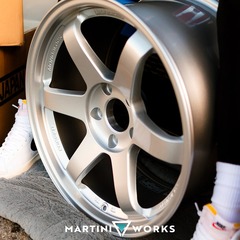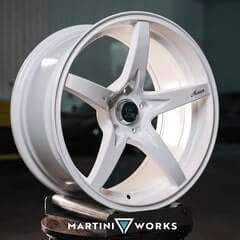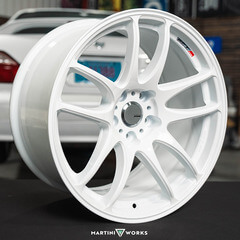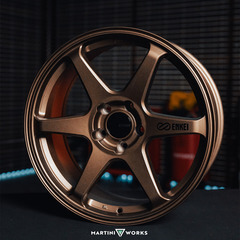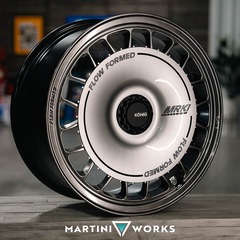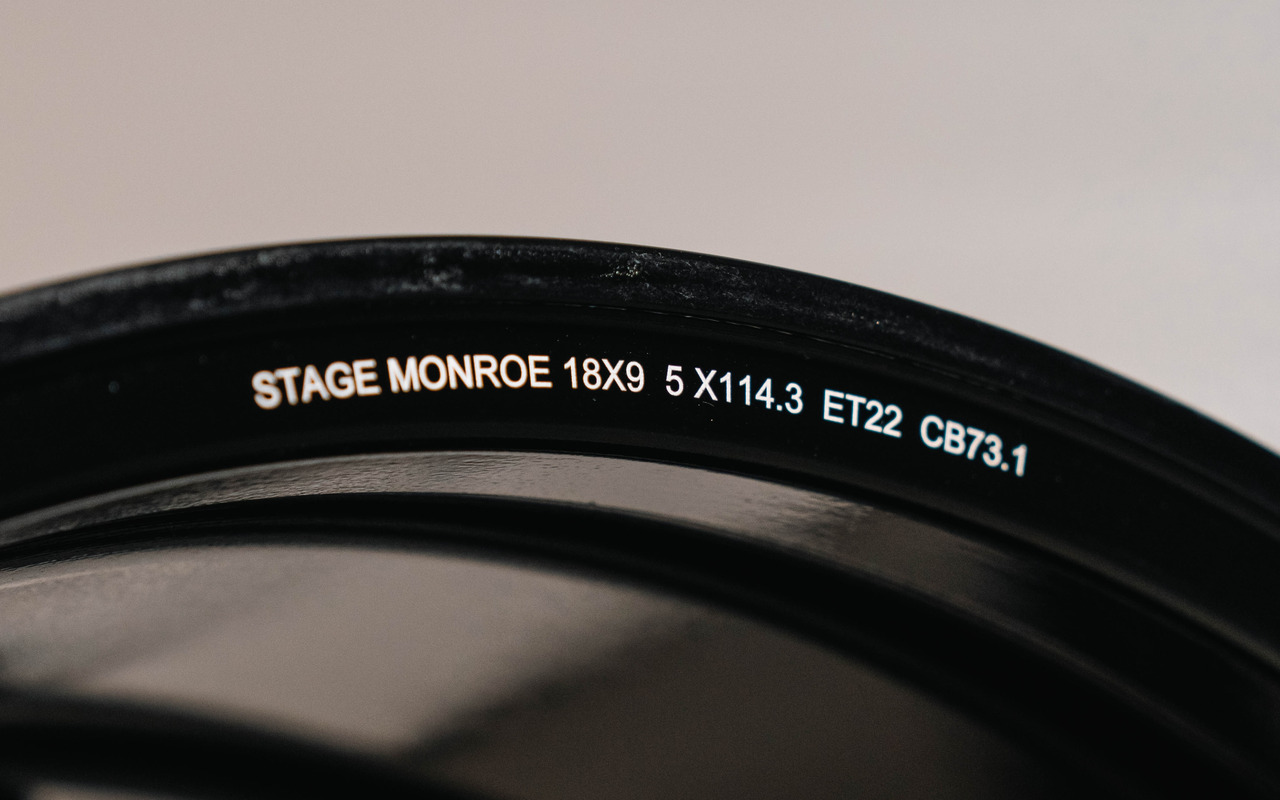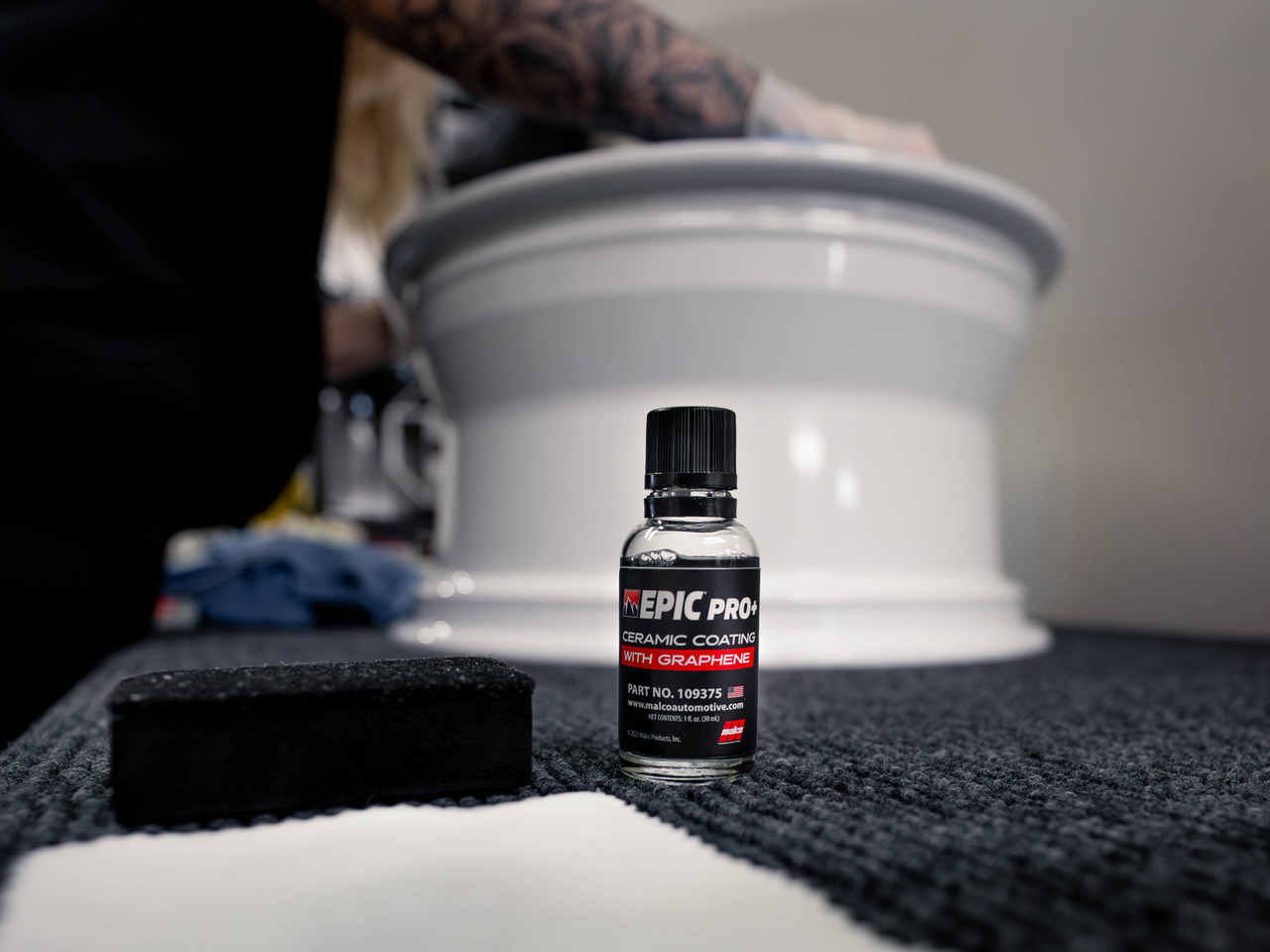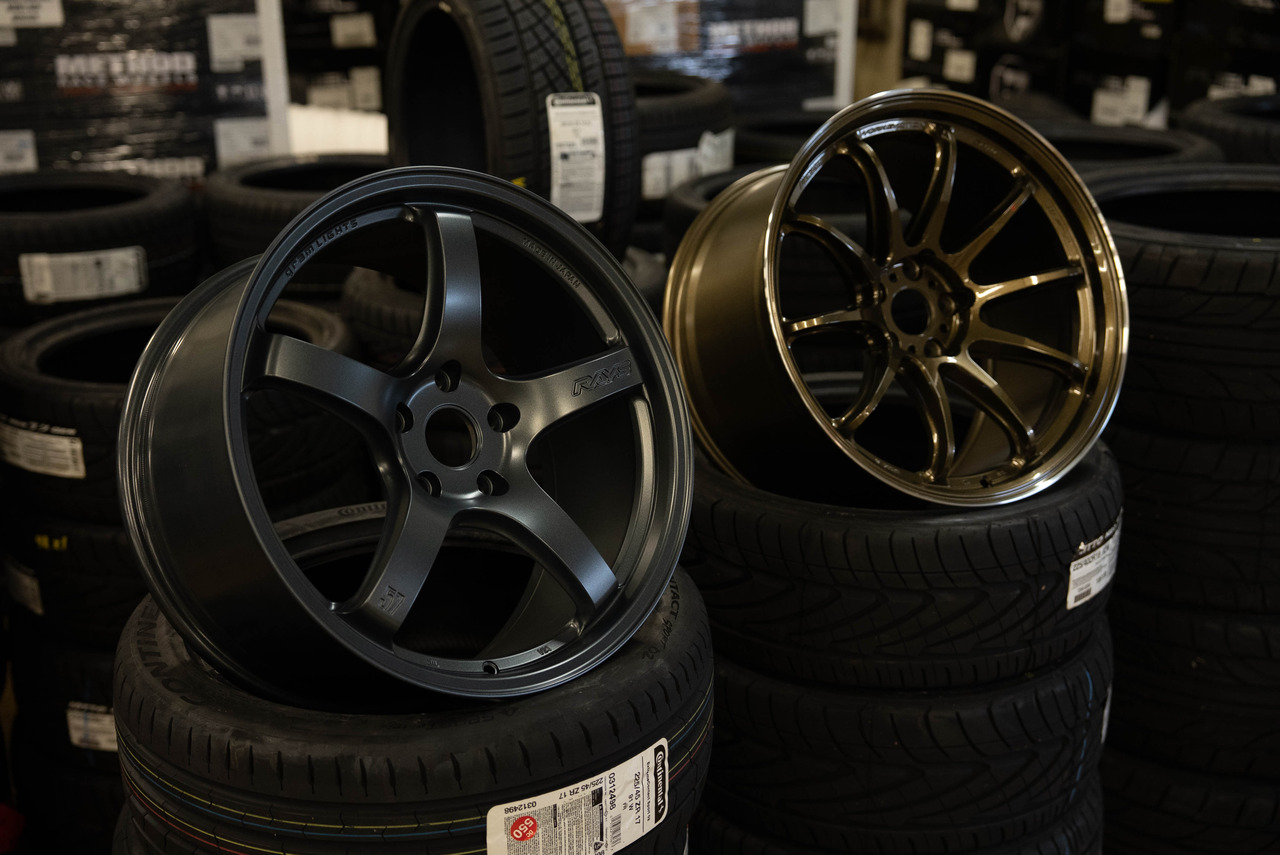Fitment Ranges
Now that you know how the pricing tiers work, let's talk about your wheel's fitment...
Standard fitment ranges give you more options at better prices, and sometimes even come in at a lower price. Which is great, because then you can put that money towards some better tires!
Just because you can spend $2,500 on a set of wheels doesn't mean you need to. That's what makes MartiniWorks special, we care about you getting the most out of your budget. We aren't a big corporation pushing crappy brands and pretending to be enthusiasts.
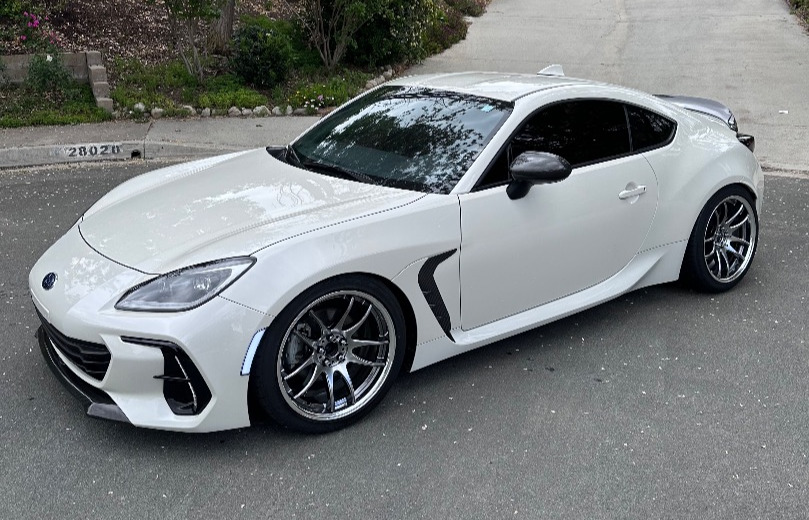
Rylee's 2022 Subaru BRZ on 18x9.5 +38mm Work CRP2
Standard Fitment:
These are the sizes that fit most cars. If your car needs these fitments, you're in luck—more options, better prices, and way less headache.
Hondas, Mazdas, and Subarus tend to fit in this category. Want to see how different wheel sizes compare? Try our wheel fitment visualizer to compare specs side-by-side.
- 18x8.5, 18x9.5, 17x8, 19x9.5
- Offsets in the range of +30, +35, +40, +22, or +38
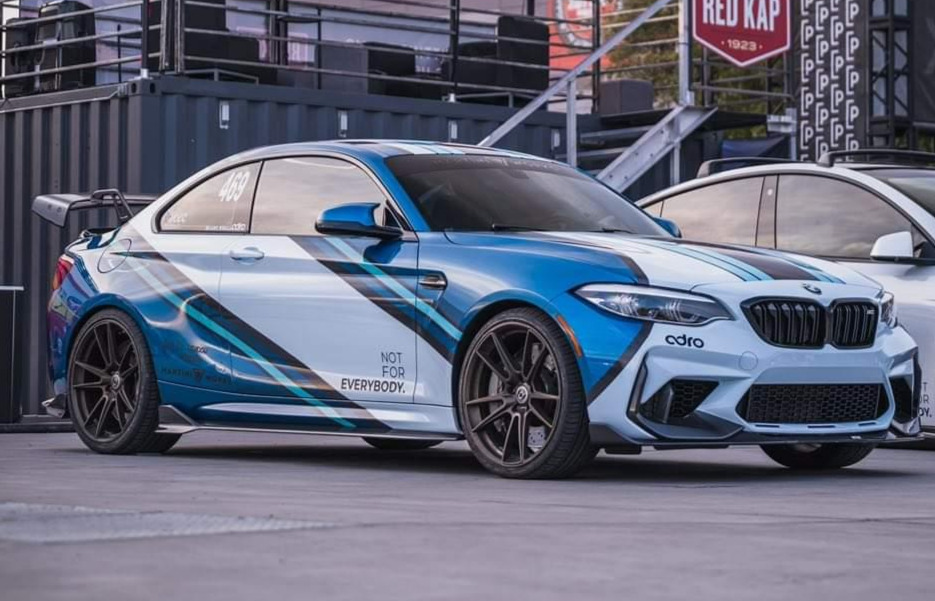
Lars's 2020 M2 Competition on F:20x9 +25, R:20x10 +40 HRE FF04
Non-Typical Fitments:
For those of you running overfenders, have a bit of an out of the box platform, or just want something more aggressive.
There tends to be less options, and because of that, they'll be higher priced.
- 19x9, 10, 11, 12 or 20x8-12
- Offsets like +10, +15, +20, +22, +27, +30, +32, +48, +50
Wheel Sizes Explained
Diameter
This is the size or height of your wheel. Smaller, shorter = sportier. Bigger, taller = more premium look. This is the 18 in the 18x9 in the example below.
Width
The width of your wheel from inside the lip to lip; not the whole wheel. This is the 9 in 18x9.
Stage Wheels makes it easy to read the size of your wheels with their easy to read engraving directly on the wheel.
Bolt Pattern
The lug number (5) and the distance between the lug studs or holes (114.3mm). The distance can be measured in millimeters or inches. The example above has a bolt pattern of 5x114.3.
Offset
The distance in mm from the centerline of your wheel to the actual mounting surface. This can be shown a few different ways. Generally it will be a positive (+) or negative (-) number. The example above shows an "ET22" offset, which is the same as +22mm. Use our fitment calculator to see exactly how offset changes affect your wheel's position.
Finish Expectations vs. Reality
After you've decided on price and fitment, let's talk about paint finishes. This is where a lot of people get caught off guard.
Simple rule: more time on paint work, the pricier the wheel.
The process of painting wheels can be done a few different ways:
- Single Stage (basic color, no clear coat)
- Single Stage with Clear (basic color + protective clear)
- Dual Stage with Clear (base + color + clear)
- Brushed with Clear (machined finish + clear)
- Multi-stage with Clear (base + multiple colors + clear)
Single stage saves money, but if and when it chips, you'll see raw metal underneath. This is typically where Tier 4 wheels get a bad rep. That's not always a deal-breaker, but just know what you're getting into.
Protect the finish of your wheels when you package
wheels and
tires with us. We offer a 9H Ceramic Coating application that repels dirt, brake dust, and water spots.
Clear Coat Quality Matters Most
The clear coat protects your wheel's finish from chips, scratches, and fading. Here's the truth about where it's made:
- China: Pretty standard, gets the job done
- Taiwan: Stronger and more durable
- Japan: The strongest clear coats available
Brushed Finishes: Buyer Beware
Brushed wheels look great, but cheaper brushed wheels cut corners. They'll machine the face beautifully, then leave the sides basic silver or dark gray.
Brushing isn't consistent either. The face gets machined perfectly, but the spokes are often finished by hand. Once you notice the difference, you can't unsee it.
Don't Forget About Tires
Did you leave enough money for tires? Don't get us wrong, we love going all out on wheels. But if you spend all your money on wheels and then get $180 Ironman tires, you're going to hate it for normal driving conditions. Check out our ultimate guide to tires to learn what actually matters when tire shopping.
Remember, your wheels are only as good as what you wrap them with. Unless you're building a true show car, spending all your money on wheels and putting that extra cash towards tires can make you happier in the long run.
If you're looking to pick up both wheels and tires, we can make your life a little easier.
We'll mount and balance your wheels and tires for FREE, then ship them to your door.
Ready to Get the Right Wheels?
We sell only brands we feel are authentic to you and true to themselves. We don't pretend that something cheap is as good as something that costs a Mazda Miata, but expensive wheels aren't always the answer.
Always start with your budget, decide if you plan to finance them with Katapult or Affirm, or pay in cash. After that, figure out what size wheels you want to search for.
Shop All Wheels
